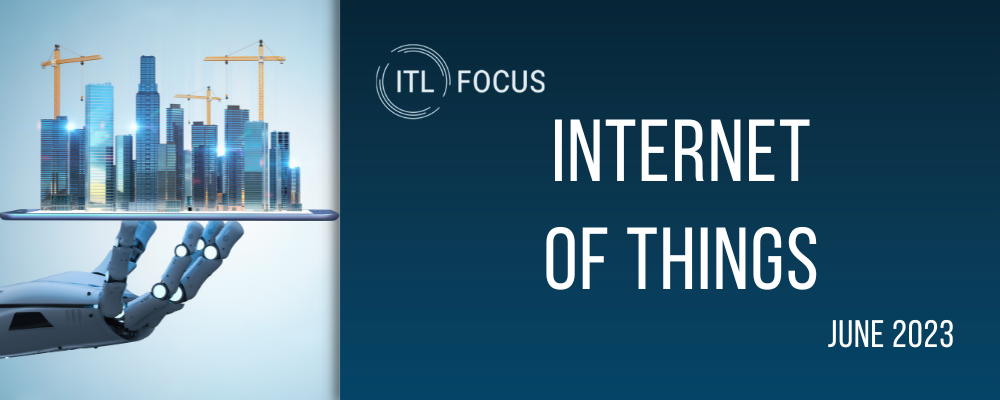|
Despite all the possibilities I've read about and considered for the Internet of Things, Dave Wechsler managed to raise a new one in the conversation we had for this month's ITL Focus interview. He suggested that water leaks, fires and other household hazards could be handled as a service that would insulate carriers from the complexity and from the claims, in return for a per-household annual fee.
Many of you have seen Dave in action as a speaker at conferences during his time as the leader of IoT business initiatives at Comcast or, more recently, as the vice president of growth initiatives at Hippo. He's now a principal with the venture fund at OMERS, the Ontario pension fund, and had some thoughts on how IoT could get to massive scale.
The IoT, under the name of telematics, is taking hold in transportation, mostly because phones are full of sensors that can be used to evaluate someone's driving and because just about everyone has one with them at all times. But homes have been a trickier proposition. The vast majority are many years or even decades old, so they have to be retrofitted with sensors that can detect water leaks, fires and other hazards. That can be expensive. It can also be unreliable: The sensors may be installed wrong if homeowners do the work themselves or may be placed in areas where they somehow don't quite get hit by, say, the leaking water.
Insurers have been experimenting with subsidizing clients' use of after-market sensors, but the smattering of efforts with a potpourri of sensors hasn't yet coalesced around a clear winner that could achieve real scale.
Dave's suggestion:
Set up a company that would specialize in water leaks or in home fires and have it sell protection as a service to carriers. Such a company would have a broader base of homes to work with, so it would develop expertise faster on the technology and on how to deploy it, to reduce risks for homeowners and, of course, to generate profits. As the business scaled up, it would drive prices for the technology down, increasing adoption rates and initiating a virtuous cycle.
The annual fee that carriers would pay the company would be steady, not subject to the vicissitudes of water or fire damage, and would diminish over time as the as-a-service company learned how to better prevent losses.
That's the theory, anyway. The devil is in the details. But I encourage you to read the interview with Dave, which will at least get your intellectual juices flowing, as we all ponder the many intriguing paths the IoT will take from here.
Cheers,
Paul
|


